Solar-Powered Equipment.
Tulima Solar makes farming productivity with affordable, solar-powered irrigation systems and agricultural processing machines. Their
customized solutions enhance efficiency from irrigation to post-harvest. Since 2019, they've empowered farmers to grow, harvest,
and process independently of rain and fuel.
Taking care of our customers with a full-service solution. .
Customized Irrigation System Design to meet the needs of YOUR farm Pricing includes everything needed for your SWP system
- Solar Water Pump
- Solar Panel Array
- Array mounting structure
- Control system
- Wire and Pipes
- Complete System Delivery and Installation Service
- Toll-free Customer Service Line
- After-sales service backed by a 2-year Warranty
- Local Offices in 3 Regions to support farmers
Benefits of Solar-Powered Irrigation .
- Reducing the risk of unpredictable rains with a reliable water supply
- Increase the quality and yield of harvests
- Reduce labor requirements in carrying water
- Cultivate and harvest crops even during the dry season
- Eliminate the cost of fuel used to run your pump
- Eliminate the hassle of getting fuel to your farm
- Eliminate maintenance of fuel-powered irrigation equipment
- Eliminate downtime while awaiting engine repairs
Solar Water Pumps.
Solar Pumps
Solar Pumps can be used for Irrigation in Agriculture to help increase productivity as they allow the user to irrigate without concern for the operating costs of electricity/fuel. This will help farmers to increase productivity and income. They can also help the Farmer to be able to cultivate throughout the year without waiting for rain or the weather, this will help the Farmer to produce and harvest the period when prices are good in the market.
Animal Keeping
Solar Pumps increase the productivity of pastoralists as livestock depend on water and access to water is a key element in productive animal keeping. The use of solar power will help the pastoralist to water livestock even when they do not have the money to buy fuel, thus increasing productivity.
Fish/Fishing
Our customers also use Solar Pumps to keep water in the Fish Ponds thus increasing the income for the profits from Aquaculture.
Water Selling Business
Due to the Solar Pump being cost-effective Our customers with these Pumps are also using them as an additional opportunity to increase income by selling water to the people around them in the community. This also helps to increase community well-being by making it easier to access water services in close proximity.
A basic introduction to solar water pumping systems .
A solar pumping system involves using solar energy to pump water from a source on the surface (lakes, rivers, streams, reservoirs) or from inside a well, to your fields to irrigate your crops. Solar water pumps are widely to supply well water and upstream sources to livestock/crops. In Africa, the use of solar-powered water pumps has become increasingly popular in commercial farms due to the high cost of fuels for running pumps. The cost of pumping water using solar energy is very low compared to fue-powered pumps.
Components of a solar water pumping system.
Source of water
- Surface water such as rivers, springs, ponds, ponds, lakes
- Wells or Boreholes: either hand-dug or drilled.
Pump
- This is the heart of the solar pumping system.
- There are two main pumps from Simusolar;
- Surface Pumps for use with surface water sources and
- Submersible pumps for use with wells or boreholes.
Fish/Fishing
- The solar panels provide the power to run the pump.
- There are two main pumps from Simusolar;
- Surface Pumps for use with surface water sources and
Surface & Submersible Water Pumps Allow farmers to farm year-round and increase the size and quality of their harvest. .

Surface Pump.
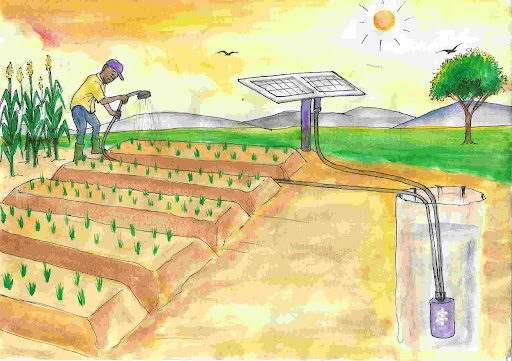
Submersible Pump.
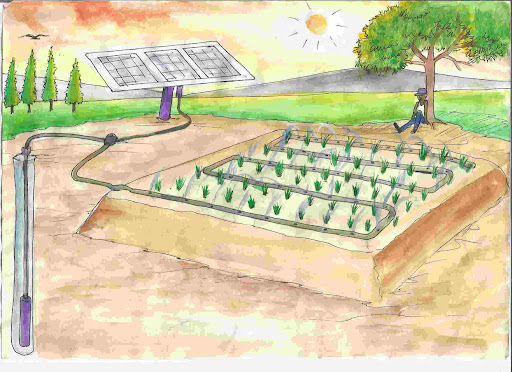
Submersible Pump Working with Drip Irrigation.
Surface pumps.
operate from the water sources of rivers, ponds and lakes near the surface of the earth and are used primarily for moving water through the pipe. These pumps have a pull and water exhaust component. They are often placed near a water source and absorb (draw) water over it and push it to the desired location for a certain distance. They do not enter the water, meaning they operate while they are outside the water or near the water source.
Simusolar has several options for surface pumps, depending on the size and characteristics of the farm.
1. Kilimo Kwanza 2. Kilimo bora 3. Kilimo pesa 4. Faidika 5. Jiwezeshe 6. Masika
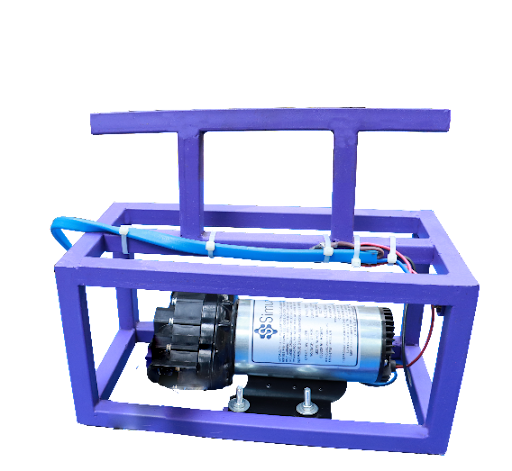
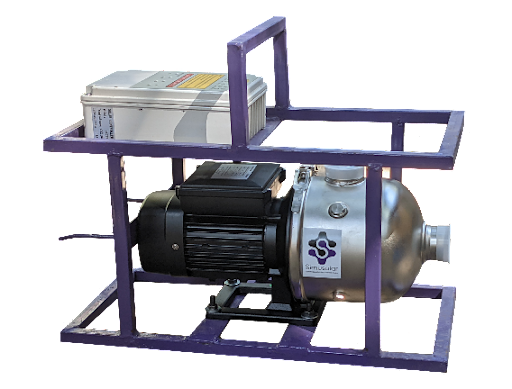
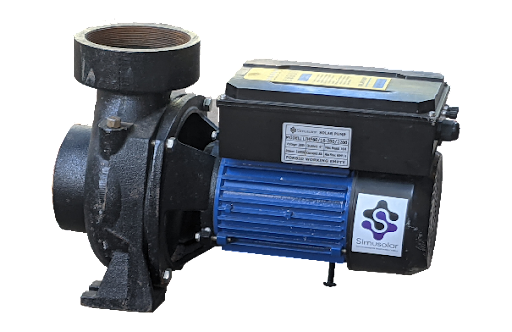
Submersible pumps.
Submersible pumps are installed in the water within the well or borehole, and are submerged within the reservoir.
Simusolar has several options for surface pumps, depending on the size and characteristics of the farm.
1. Kilimo Tosha 2. Mkulima 3 3. Kisima 3 4. Tija 5. Mto Plus 6. Kilimo Fursa 7. Chapakazi 8. Chemchem Plus 9. Kina Plus

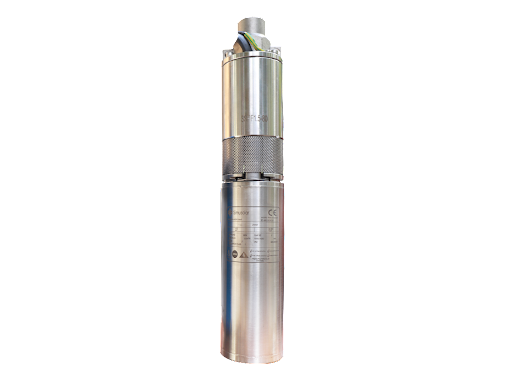
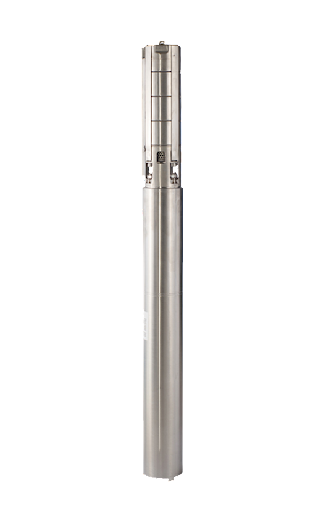
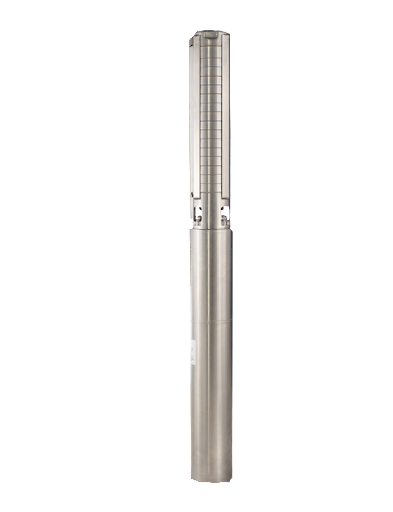
Solar Panels.
Solar panels provide power to the pump, it is important the level of electrical power of the pump be consistent with the electrical power of the panels. Having a larger solar panel allows the pump to heat up earlier and add more power as the sun gets more intense.
Things to consider when using a solar water pump. .
Never use soil, sandy and grass waste water in running any pump The water source should be clean and not less than 3 feet (1 meter deep) for surface pumps The farmer should not try to open a pump system and try to make repairs but by contacting Simusolar customer service to get immediate help.
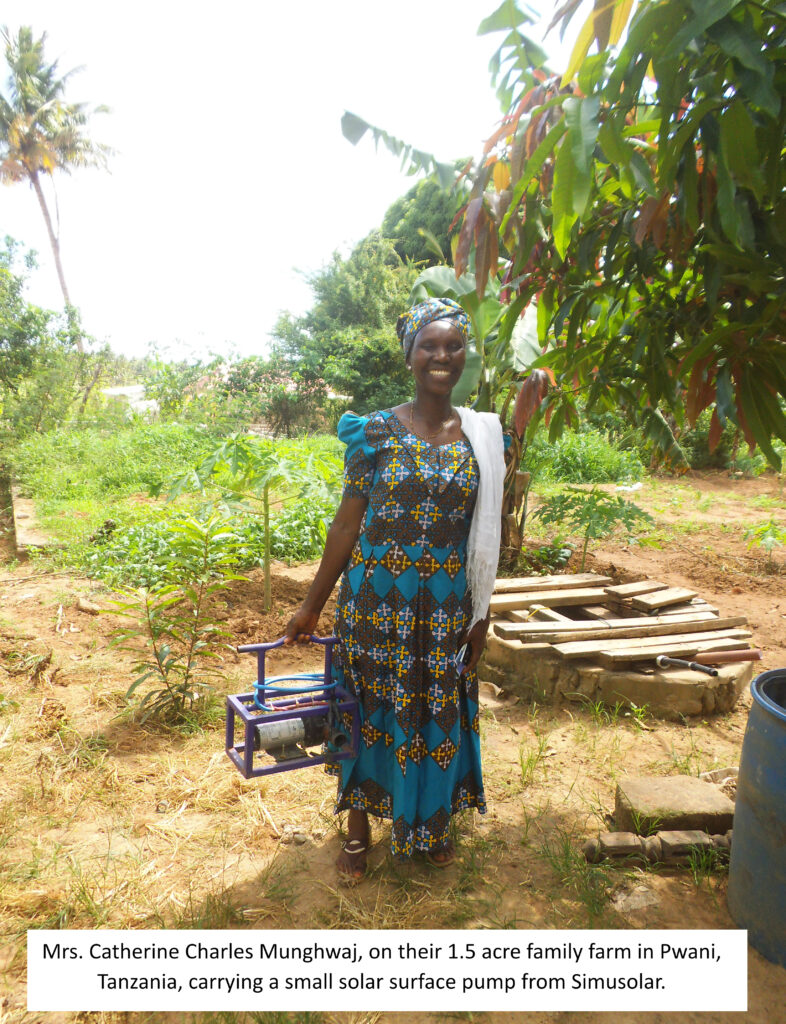
Design of solar water pumping system.
In order to select the right pump for a particular field, the following should be considered:
Simusolar has several options for surface pumps, depending on the size and characteristics of the farm.
1. Source of water 2. The daily water needs as per; a) Crops grown (water requirements of cultivated crops) b) Size of small farm production c) Total farm size 3. Variation of elevation from water source to the highest point of field (TDH) 4. Lowest depth of water in summer (if it is borehole) 5. Distance from source to the farthest distance for pumping water on a farm 6. Distance from the pump to a solar panel or solar array
Components of a solar water pumping system.
Advantages of Simusolar Solar Pumps for Farmers
- Increase income by cultivating all seasons.
- Reduce labor costs and production time.
- Low cost of maintenance and repairs (2 years warranty)
- Reduce energy costs by using free sunlight as fuel.
- Increase production area.
- Easily accessed through 22-month financing.
- Environmental friendly.
Simusolar services
- Free farm survey, pump consultation and design.
- Financing for solar pumps by monthly repayments for 22 months.
- Free install of the solar pump system.
- Customer service by calling a toll-free number.
- Two-year equipment warranty
- Business development services by connecting with other trusted stakeholders in the agricultural sector.
Financing Program
- Financing system with solar water pump as the only collateral.
- Rapid credit approval system
- Monthly payments for 22 months, or other financing terms available.
- Monthly payments by mobile money with no additional charges or deductions.
- Digital systems that track system use and turn on following payments.
